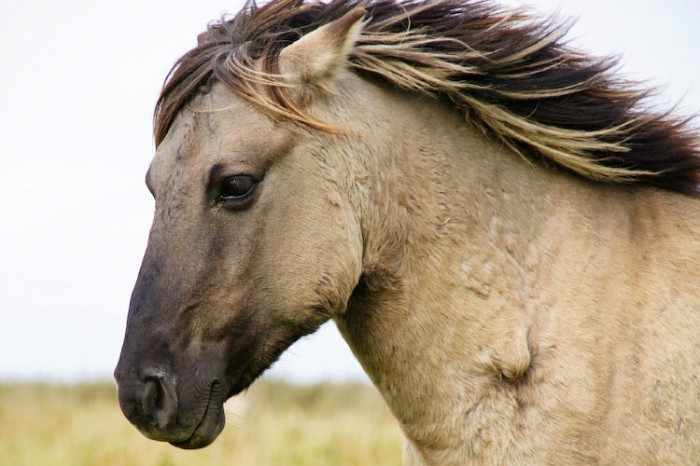
Dutch Konik Horses anatomic selection criteria
The Dutch Konik is valued from a genetic conservation perspective and also for its role in preservation of natural landscapes. The primary management objective for the captive breeding of this primitive horse is to maintain its genetic purity. The goal of this study is to identifying non-invasive anatomic selection criterion for the Dutch Konik.
Post-mortem dissections where performed on distal limbs of Dutch Konik (n = 47) and modern domesticated horses (n = 120) these dissections revealed significant differences in relation to the length and symmetry of the 2nd and 4th Metacarpals and Metatarsals.
The transition to a single-hoofed species from its multi-toed ancestors suggests that the distal limb may be an important area of focus when comparing primitive and modern horses. The 2nd and 4th metatarsals and metacarpals are also known as splint bones and in nearly all horses there is a nodule located at the distal extremity. These nodules are easy to palpate and their position provides a indication of the relative lengths of the associated Metacarpals and Metatarsals; remnants of the ancestral toes.
A significant difference between the Dutch Konik and Domesticate Horse in relation to the symmetry of the 2nd and 4th Metacarpals and Metatarsals was found, with the Domesticate Horse showing greater symmetry in the splint bones whereas in the Konik, the 2nd Metacarpal and Metatarsal is greater in length than the 4th. These length differences may be used as a selection criterium to preserve the primitive horse breed.
> From: May-Davis et al., Preprints 2017 - (2018-01-19 10:02:11) - (Epub ahead of print). All rights reserved to the authors. Click here for the online summary.


